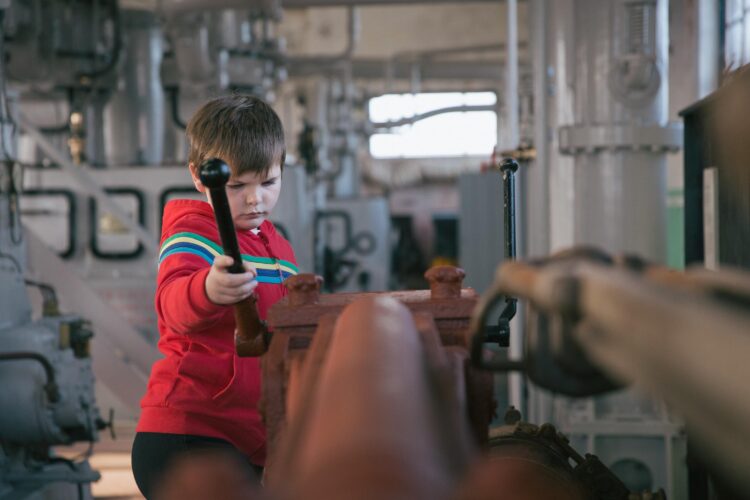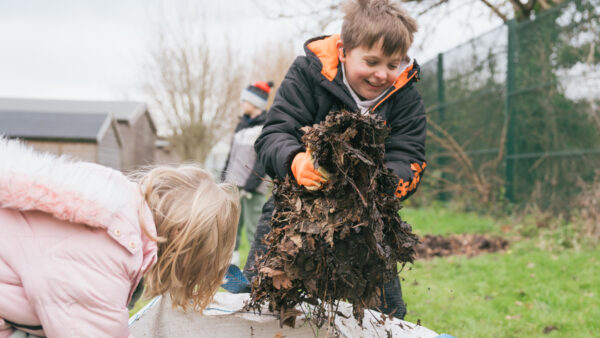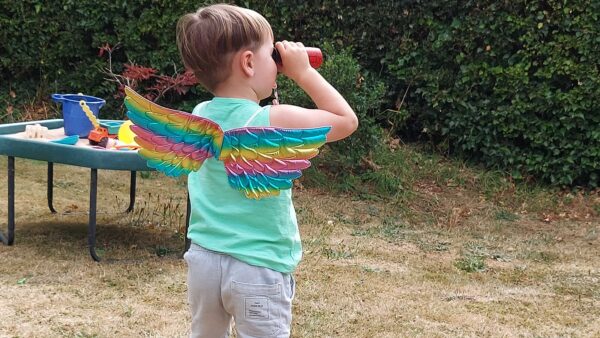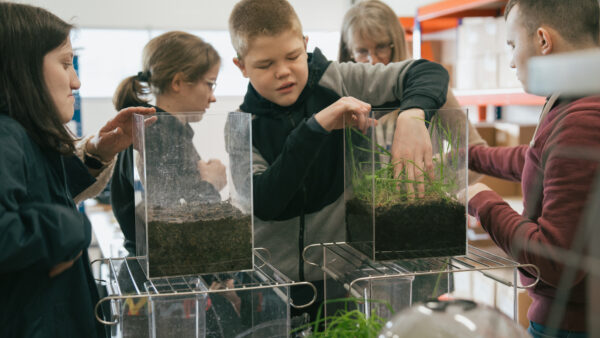Heritage needs to be engaging
Here in the UK we are fortunate to have a wealth and diversity of outdoor heritage venues which offer up important links to our industrial past.
Heritage venues are rightly proud of their artefacts and passionate about sharing their stories. However, when this narrative is tied up in lengthy written prose or safely tucked away behind glass it can exclude a wide range of people. Great for preserving the past but not so great for engaging the present.
Our work tells us that not everyone will be able to understand and process written information in this way, or even want to, or be able to appreciate what they are looking at behind that glass panel, and why it's relevant.
The answer? We believe that by sharing stories and facts using sensory rich interpretation, engaging hands-on activities and accessible information, a more diverse audience will be able to enjoy these amazing places and in turn, develop a longer lasting more meaningful connection with their local heritage sites.
How can we make heritage venues more sensory?
1. Harness the power of the local community
Connecting and cultivating relationships with the local community will pay dividends. Aim to discover what barriers people face and what sorts of things they would want to see at the venue. Don’t make assumptions and think people will just come. You need to really dig deep and find out.
For example, sighted people shouldn't make assumptions about what blind people want to see and explore. Work with blind and visually impaired community groups to guide and inform your heritage offering.
2. Sensory mapping as a tool
Heritage venues are rich in sensory opportunities and every single heritage venue will have a unique set of sensory highlights. The challenge, therefore, is to find these and tease them out. That’s where sensory mapping comes in.
Sensory mapping is a simple, flexible technique that identifies sensory highlights with a view to creating inclusive and engaging visitor experiences. We’ve found that the most successful way to do this is to invite different community groups to join us to sensory map a space or venue. This involves noting down where we discover interesting sensory rich highlights and recording the responses. We may just focus on one or two particular senses to start with, for example looking for just colours and textures. Sometimes this organically expands as we stroll around and we may notice other things; pungent smells or no scent at all, changes in temperature, and different sounds.
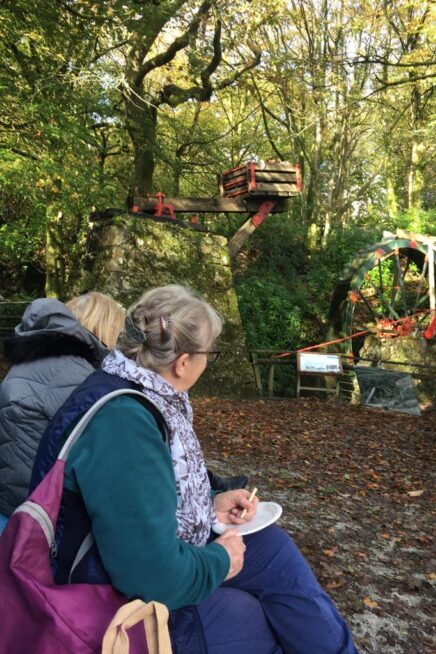
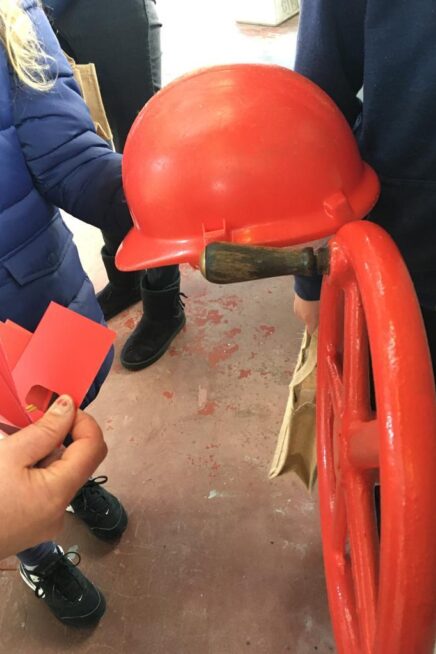
We also notice how our participants explore the space and we observe the different levels of understanding. We note down what people find particularly interesting, what are the ‘ooohs’ and the ‘ahhhs’; those moments that provoke an emotional reaction or perhaps provide a memorable moment.
All of this information is mapped and compiled to plan activities and provisions such as seating, pause points and visitor information to dovetail with the greatest sensory interest.

3. Tease out the real stories
We know that when people receive information in the form of a story, they are firstly more likely to stop and engage and secondly retain the information. Stories are at the heart of all heritage venues, therefore it makes sense to honour these stories and share them in an accessible way.
We begin by talking, walking and exploring the spaces with the people who work there. We know it’s impossible to share all the stories so it’s important to decide what to focus on. Following on from the sensory mapping exercise, we note down the interesting sensory highlights and then consider the strong narratives of the people and place in relation to these senses. What gets drawn out are the key stories, routed in the senses which help form a human connection to people today.
Ask
yourself, does that heritage story matter to me?
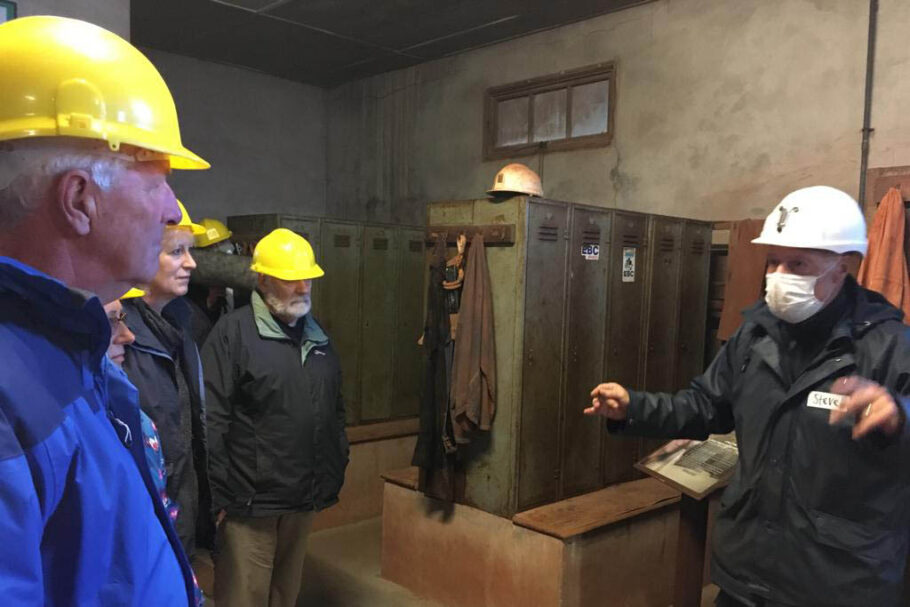
At Geevor tin mine we talked with former miners who now work as guides. They not only explained the tin mining process but also shared their extraordinary stories of working in the mine. We also noticed that if you are less mobile, you may not be able to experience the whole site including the underground mine. We therefore saw an opportunity to create an accessible way to share these amazing stories. We recorded the conversations between the former miners and one of our community groups and worked with a sound artist, to record the sounds of Geevor. These sounds were blended together with the stories and some traditional Cornish songs to create a unique soundscape; ‘The sounds and stories of Geevor’. These can be accessed via a QR tag, that we have shared on printed postcards and on an accessible bench we have installed at Geevor.
4. Utilse local artists
By working with local artists you are able to harness enthusiasm and passion, reflect the local skills and materials of the area and further honour the stories of the heritage landscape. Our work with local artists has informed several key installations such as our pause and reflect bench at Wheal Martyn clay works.
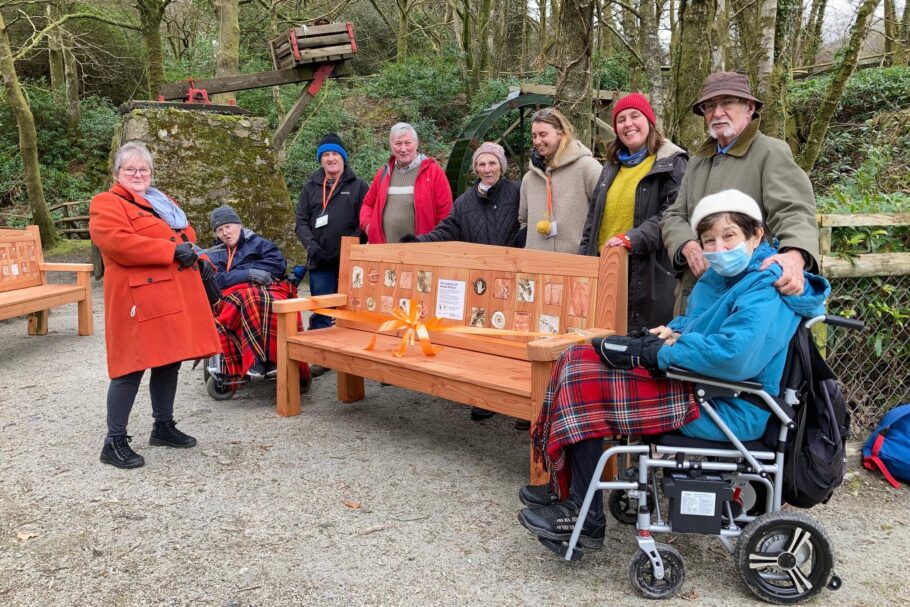
5. Think outside of the box
There are many weird and wonderful ways to engage a wide audience at a heritage venue, here are a few of our favourites:
- Create a self-guided smell journey around your venue inviting people to focus in and explore all the different smells that can be found.
- Run a workshop exploring the colours and textures of your heritage site. Following this, make a colour wheel with all the different colours that can be found around your site.
- Run a workshop to focus on the textures on offer. Press textures into clay and then ask a local potter or pottery to fire these for you. Display the finished clay textures somewhere that everyone can touch them.
- Create a sensory story of the day in the life of your venue. Sensory stories are great for children of all abilities to connect with a place and have fun.
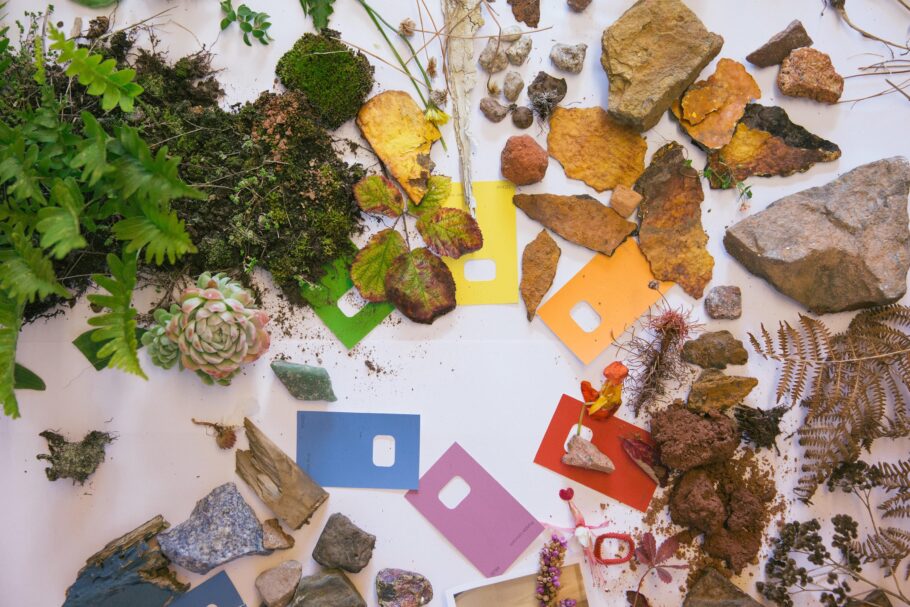
and finally
Heritage venues, by their very nature, can be physically challenging. After all, a lot of our historic landscapes were not built with modern day accessibility principles in mind. Add to that some very technical artefacts, and an abundance of written information; it can be a mentally challenging day out for many people.
By widening the ways that people can engage with heritage and considering the sensory highlights of a venue you are opening experiences to more people with a range of abilities.
More than Words is our inclusive heritage project working with industrial heritage venues in Cornwall to identify how to open up stories and messages to the widest audience.
- Colours and textures of Geevor booklet
